Casting the Circle

Calling the Quarters
Purification and Consecration
So, how do you get rid of that smell? You could just try to mask it with perfume or a fabric freshener, but that just covers it up, it doesn’t eliminate it. The best way is to shower and wash everything with soap and water. In the spirit of that analogy, if the shower and wash are the purification process, then whatever is done after can be considered a consecration. Perfume, body lotion, conditioner for your hair, fabric softener or a dryer sheet for your clothes; all are adding something to replace what was washed out.
How do you do this with energy? No matter what method you use, it’s largely symbolic. The real effort comes from your mind. The ritual bath, the smoke from the smudging, sweeping with the besom; these are the tools used to help you envision and focus your mind on what needs to be done, whether it’s washing away the old or inviting in the new.
How often should it be done? As I said, the more often something is exposed to outside forces, the more often it should be done. For a person, this can be almost daily. Let’s face it, it can be a nasty world out there and even on a good day, some of that nastiness is going to stick to you.
Locations are also subject to that same nastiness, but maybe not to the same degree. Your own home may see some conflict and negative emotions, but not as much as a prison, or a hospital for instance. As a general rule, I do a complete home cleansing at least once a year at Samhain, but more often if the situation calls for it. I purify and consecrate a ritual space whenever I wish to have a ritual.
When speaking of objects that need to be purified and consecrated, I’m referring mainly to tools used for rituals. In theory, once the tool has been through these processes, they will only be handled by people who have been purified and consecrated in a space that has been purified and consecrated. This means that the objects shouldn’t be exposed to these unwanted energies I’ve been talking about and should only need to be done when new tools/objects are introduced. In theory. But we all know that theory and the real world can be two very different things. To be blunt – stuff happens. So go ahead and re-purify and re-consecrate whenever you feel it is warranted.
Dedication
Communion, Offerings and Libations
| Communion
| Offering
| Libation
|
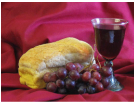
Pagans take part in communion in two different ways. During a ritual, participants are usually offered a sip of consecrated wine from a chalice. For some occasions, food is also shared, each person having a small bite. Feasts are a large part of pagan practice and is the second way communion is shared. It’s more than just food, drink and good times shared with friends and family though. Feasts are a celebration of life; a means of expressing thanks and appreciation for the bounty of the harvests. Deities and other beings are generally invited to the celebration and are served a portion along with the other guests. The spirit portion is left uneaten and usually placed outdoors after the celebration is done. The creatures that eat the food (human or otherwise) are seen as agents of the deities and are welcome to the portion.
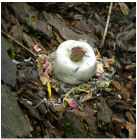
Offerings are gifts specific to a deity or other being. It can be food, drink, or some other object that entity favours. It is given as a sign of respect; as a means to placate an angry or upset being; as an enticement or payment for a favour or simply as a thank you. It is personal to each giver and receiver and you should make sure it is something that will be found acceptable. I once left an offering of fish at the convergence of 3 roads. This was in thanks to Hecate for her assistance in a ritual and to show my respect. I made sure that the offering and the way it was given was sacred to her.
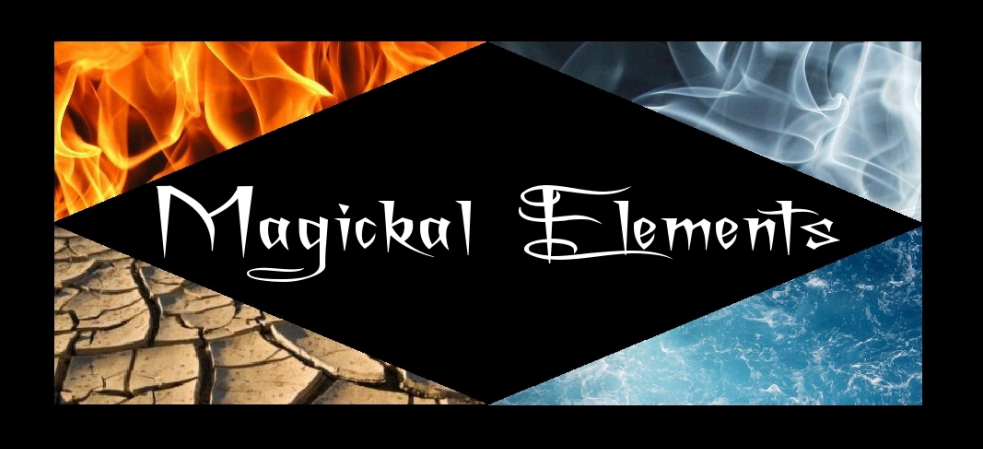


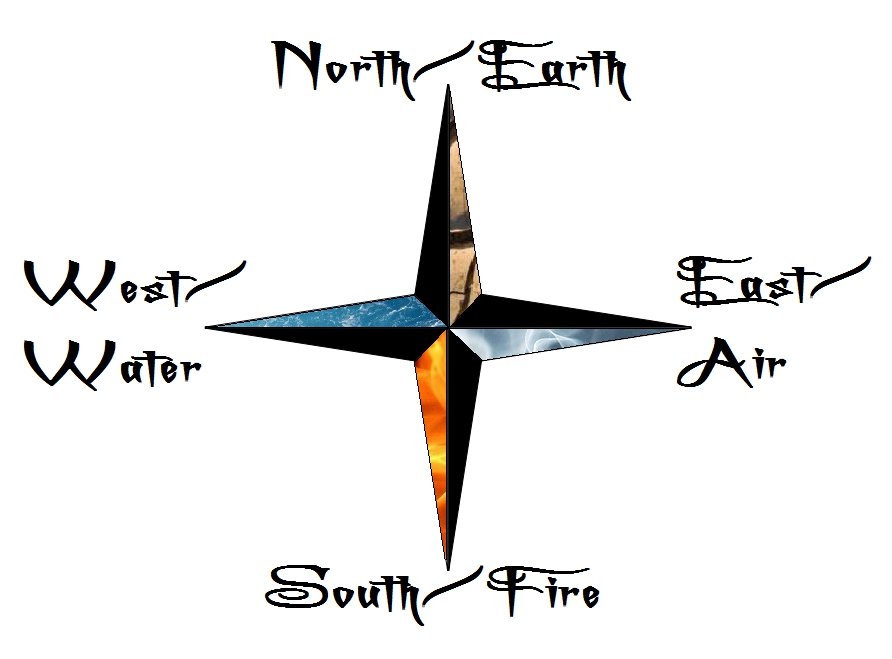

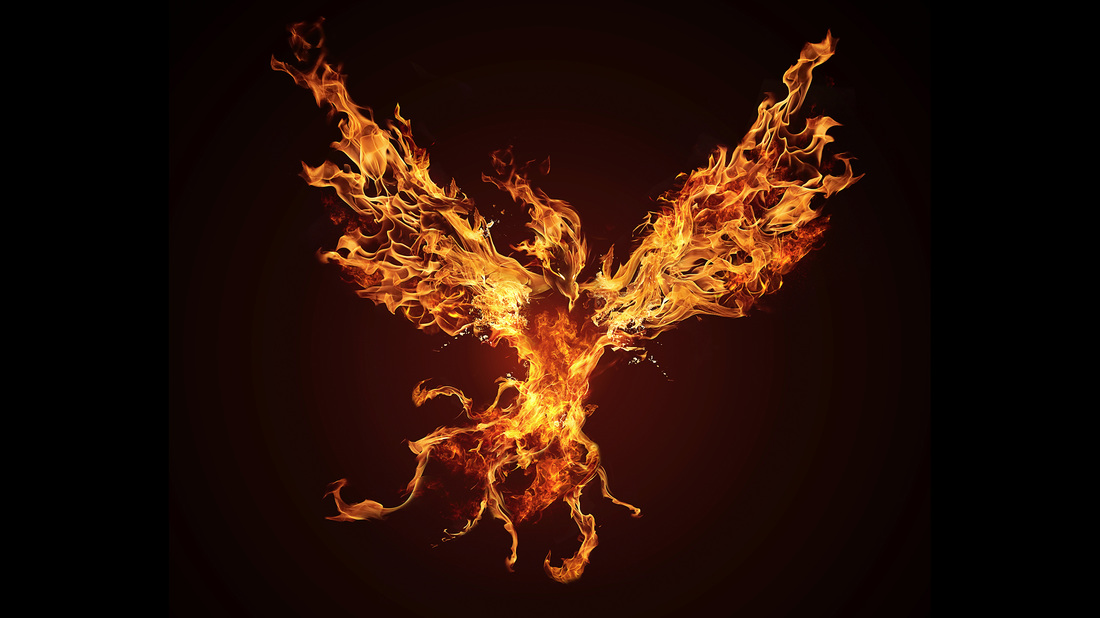

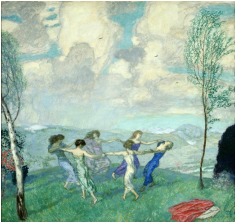
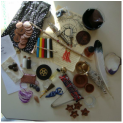
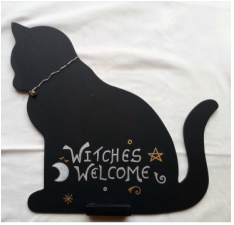
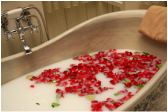

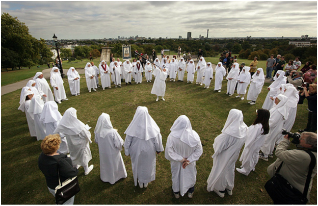
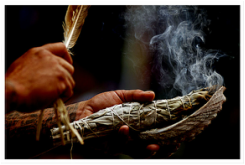
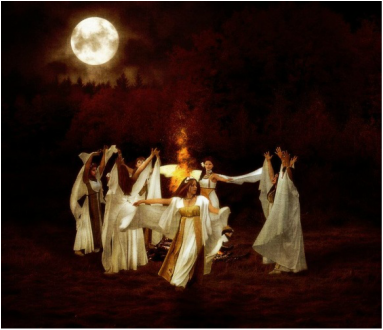
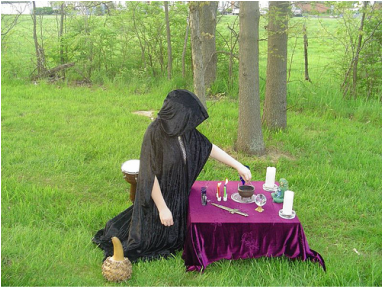

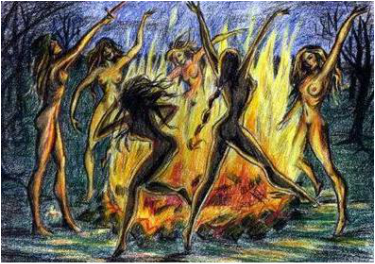
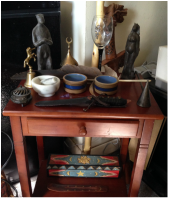
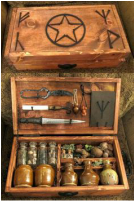
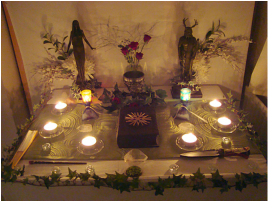
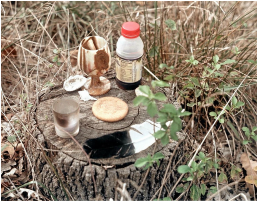
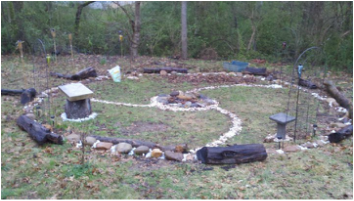
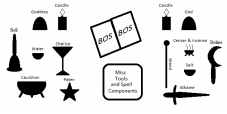
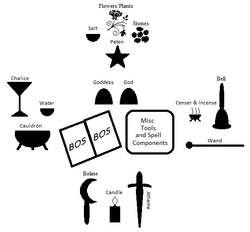
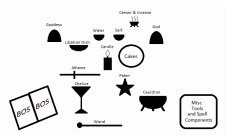
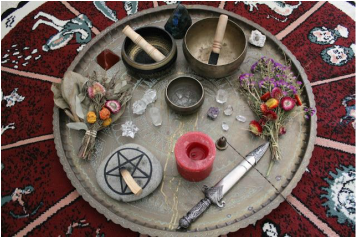
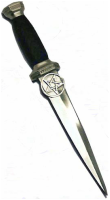

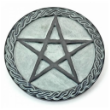
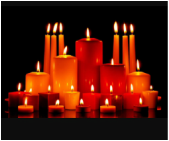
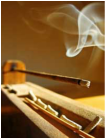
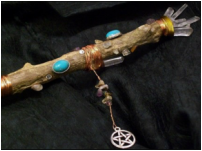
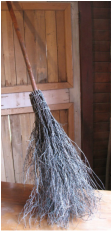
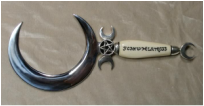
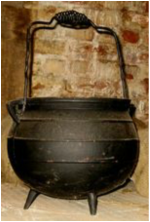

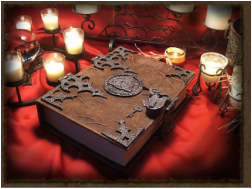
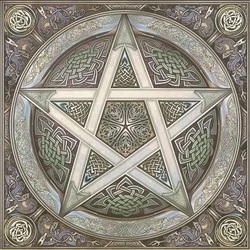
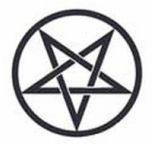
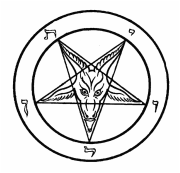
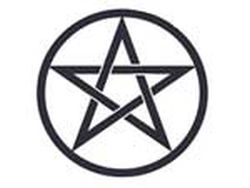
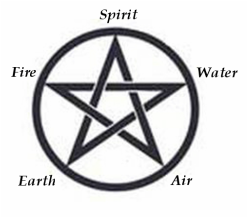

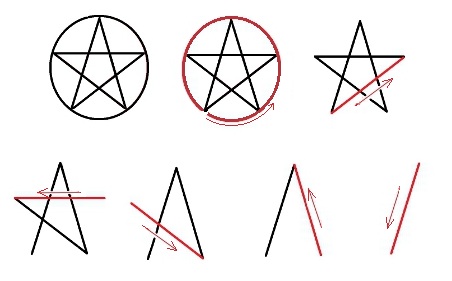
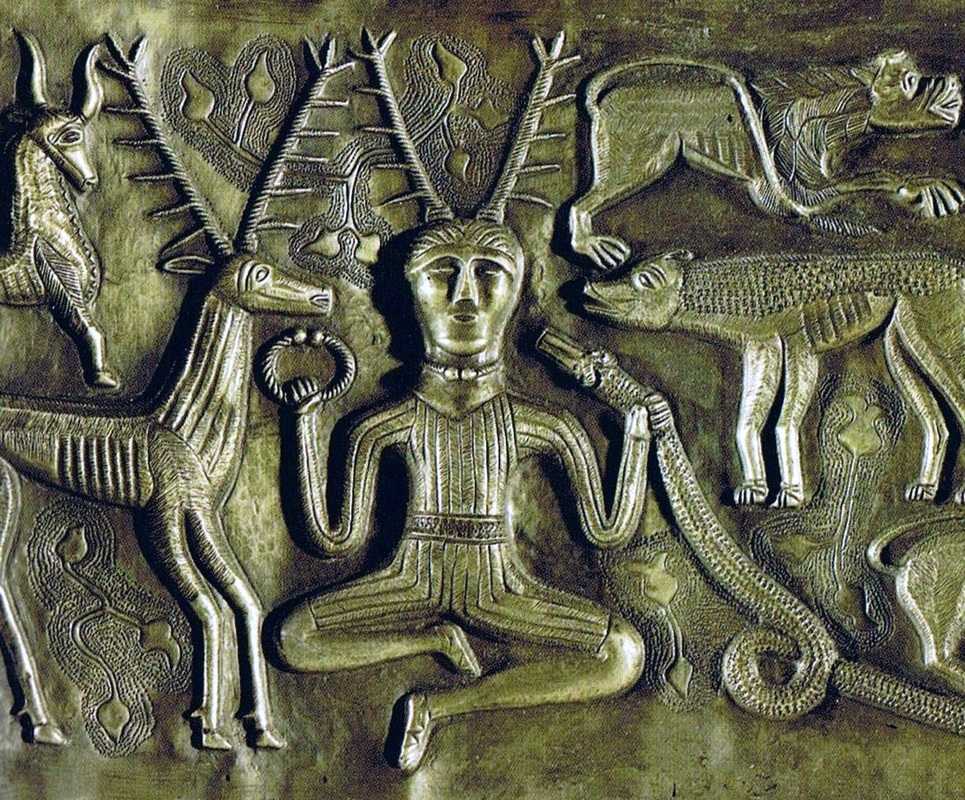
 RSS Feed
RSS Feed
